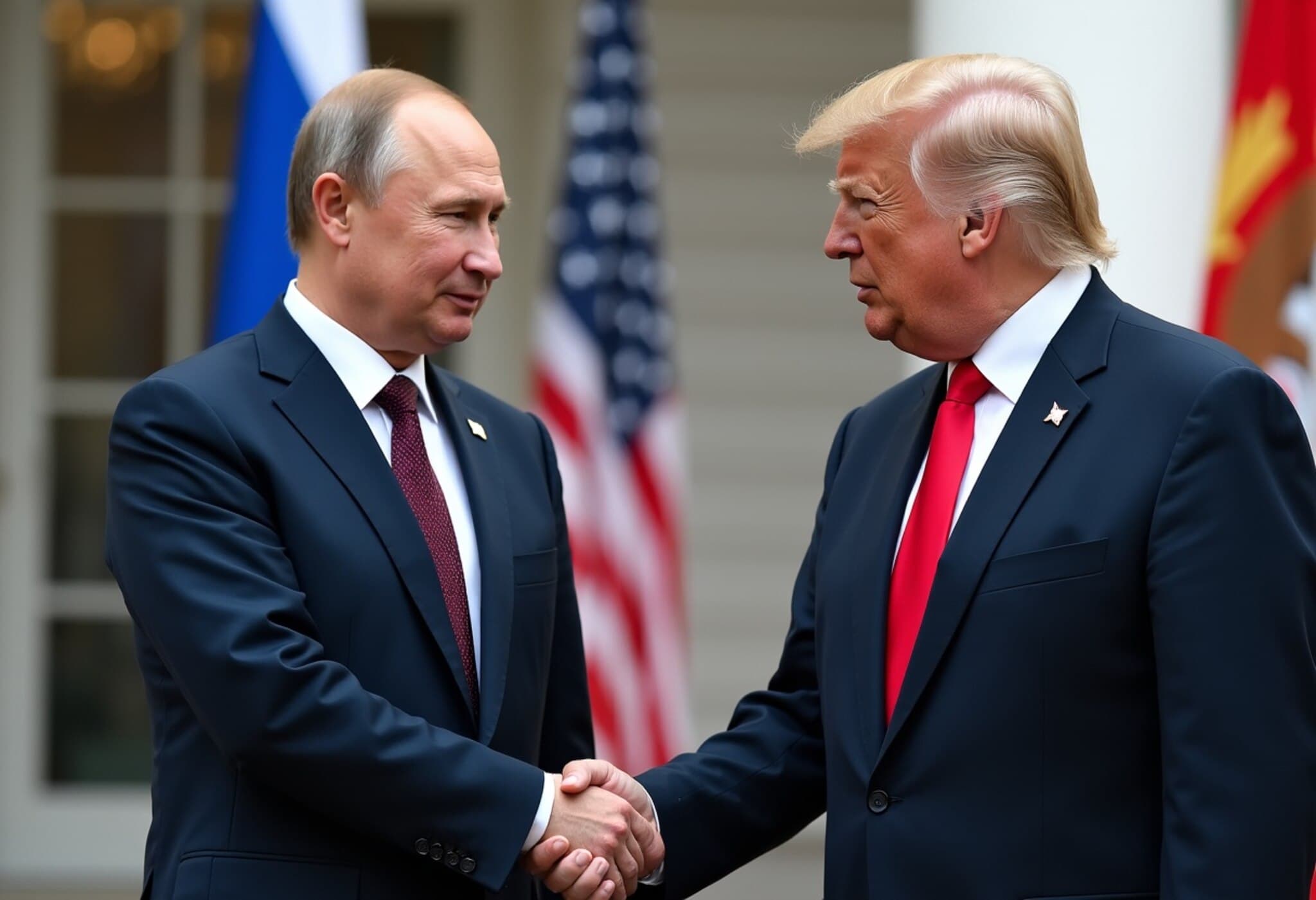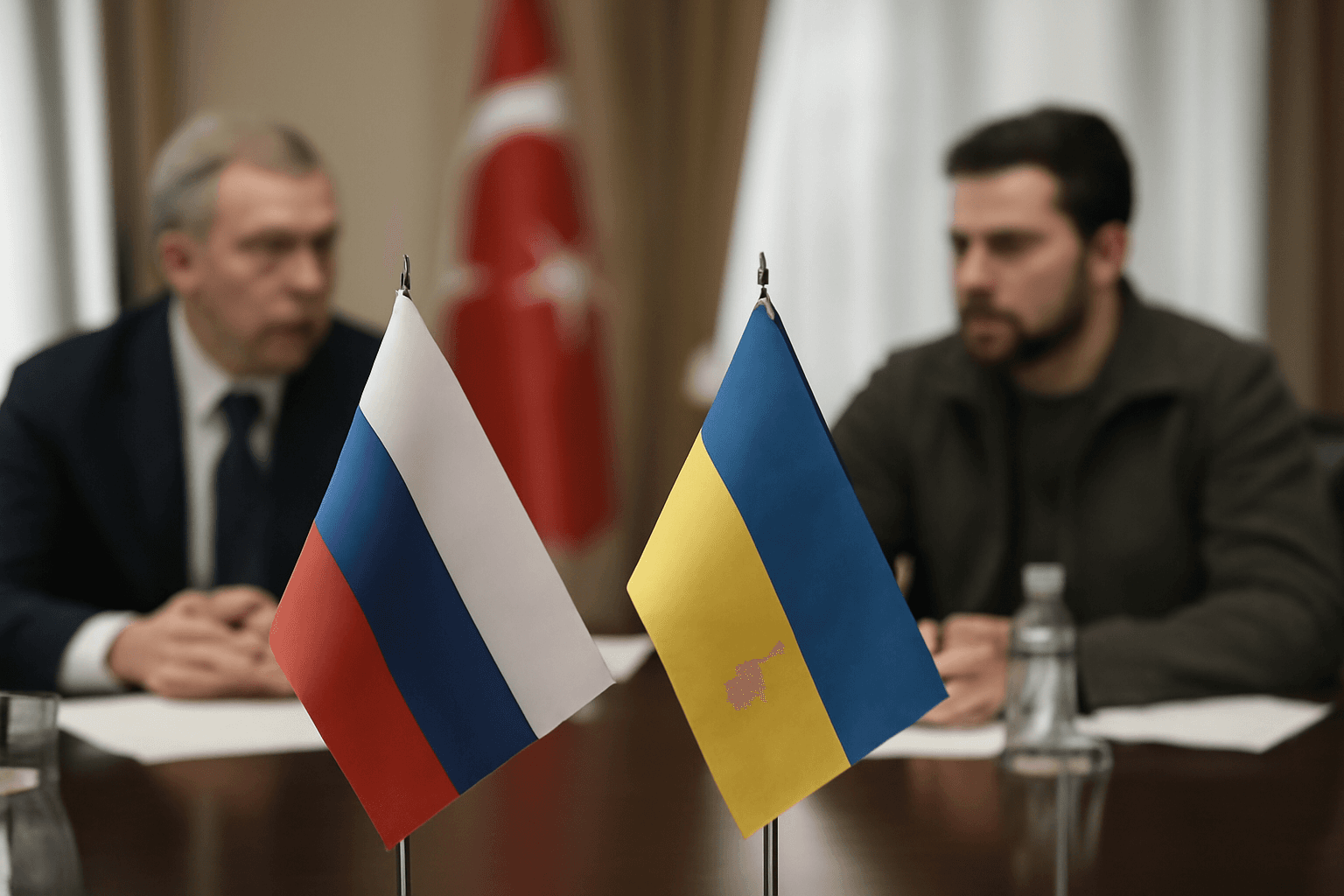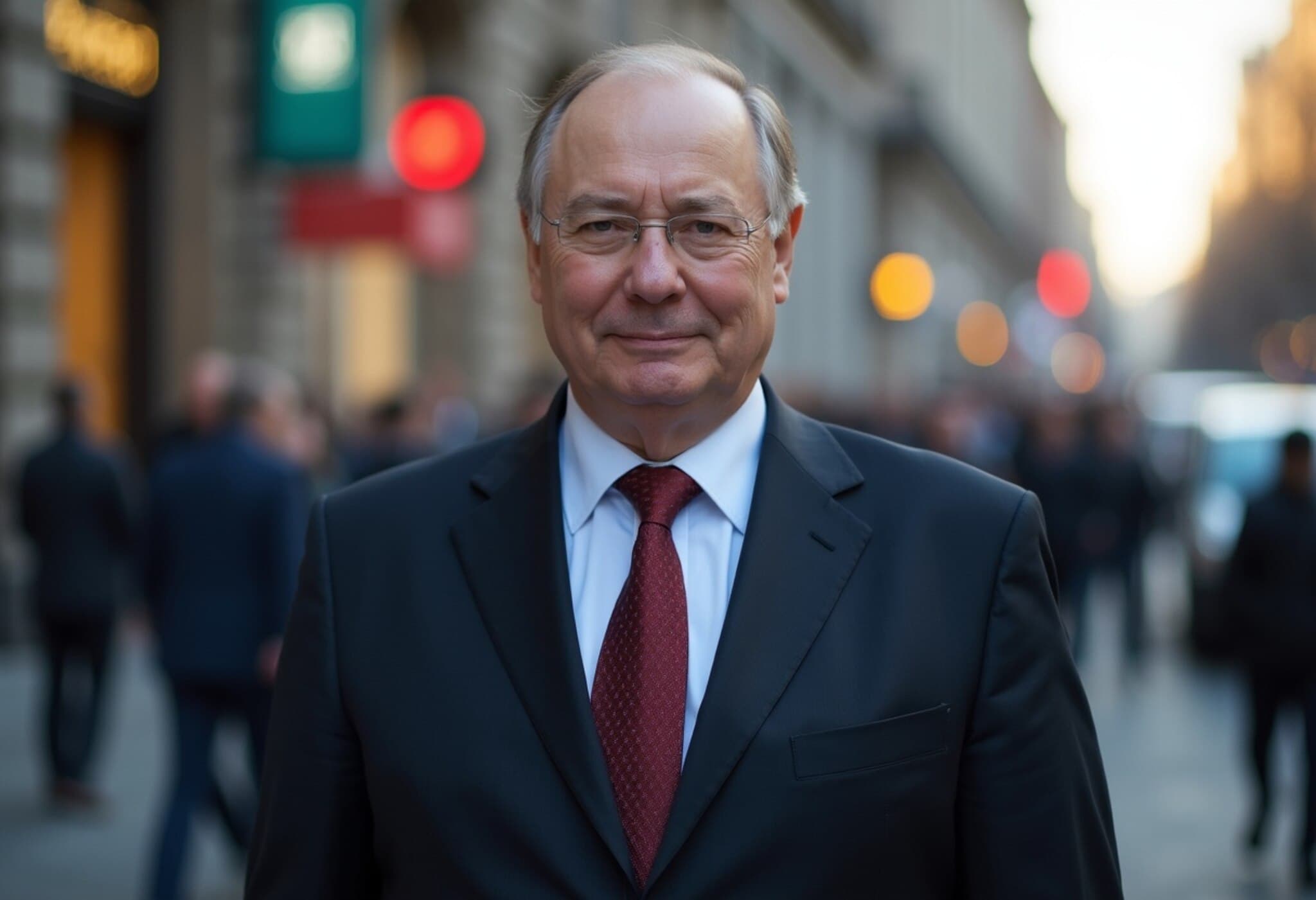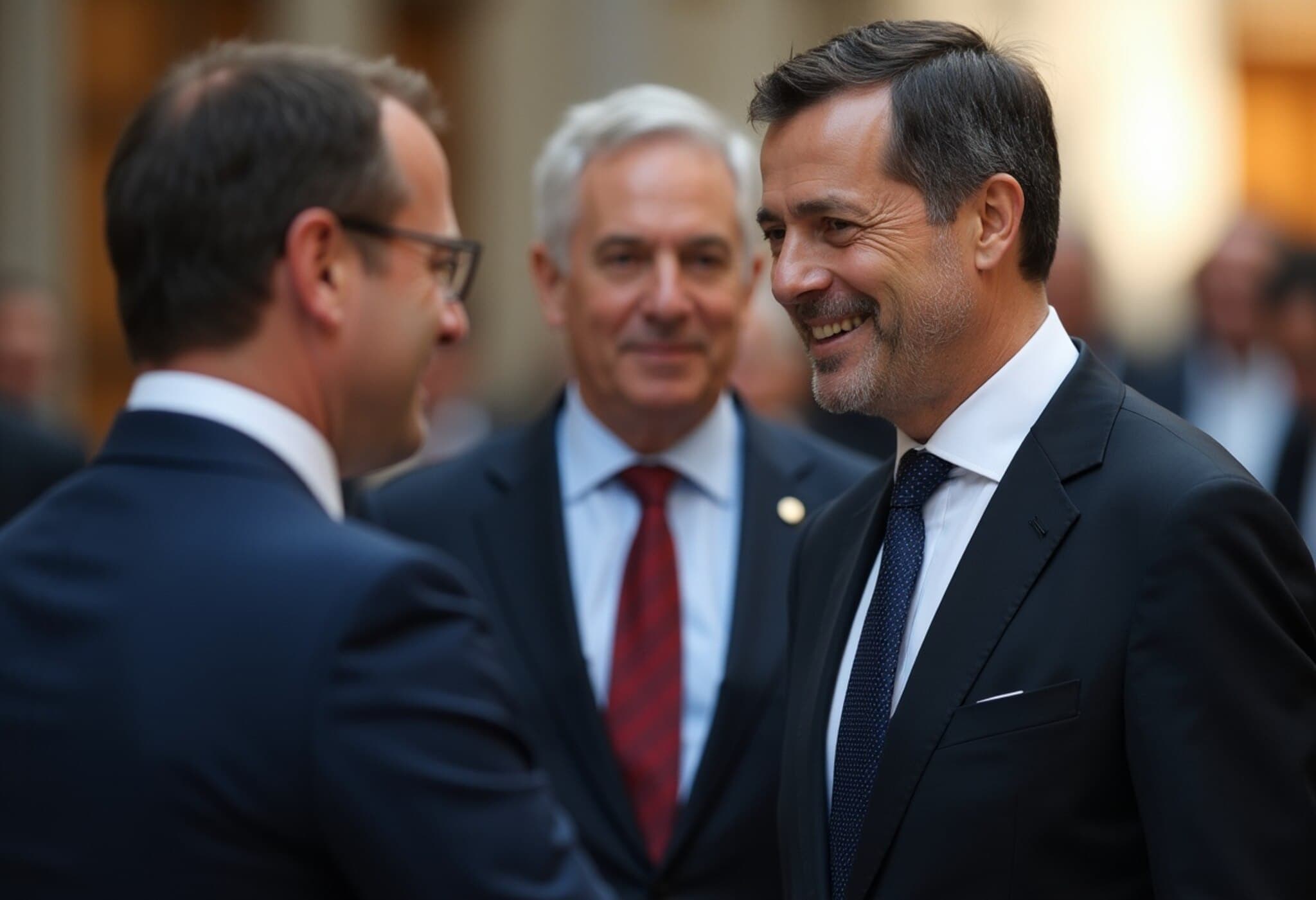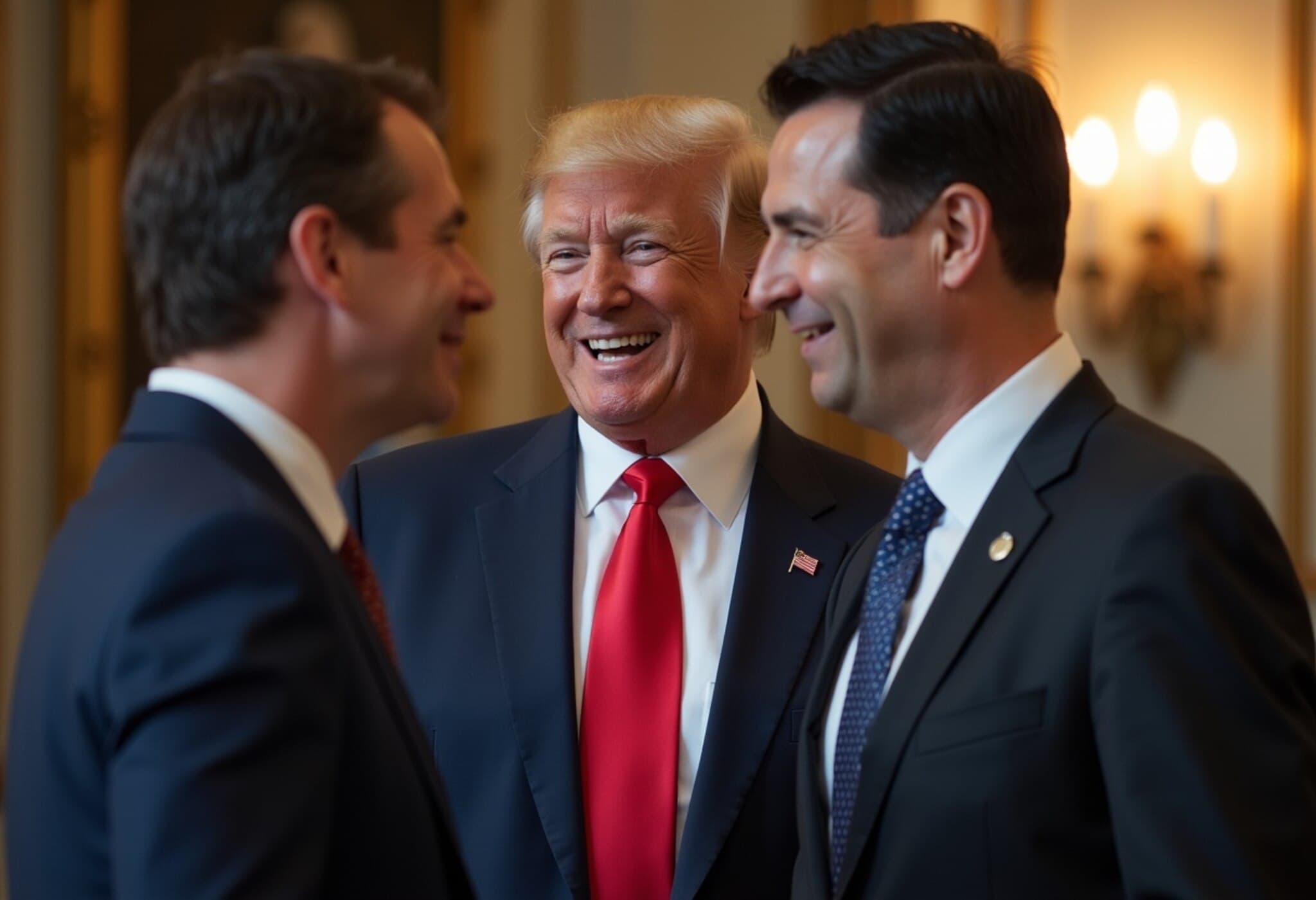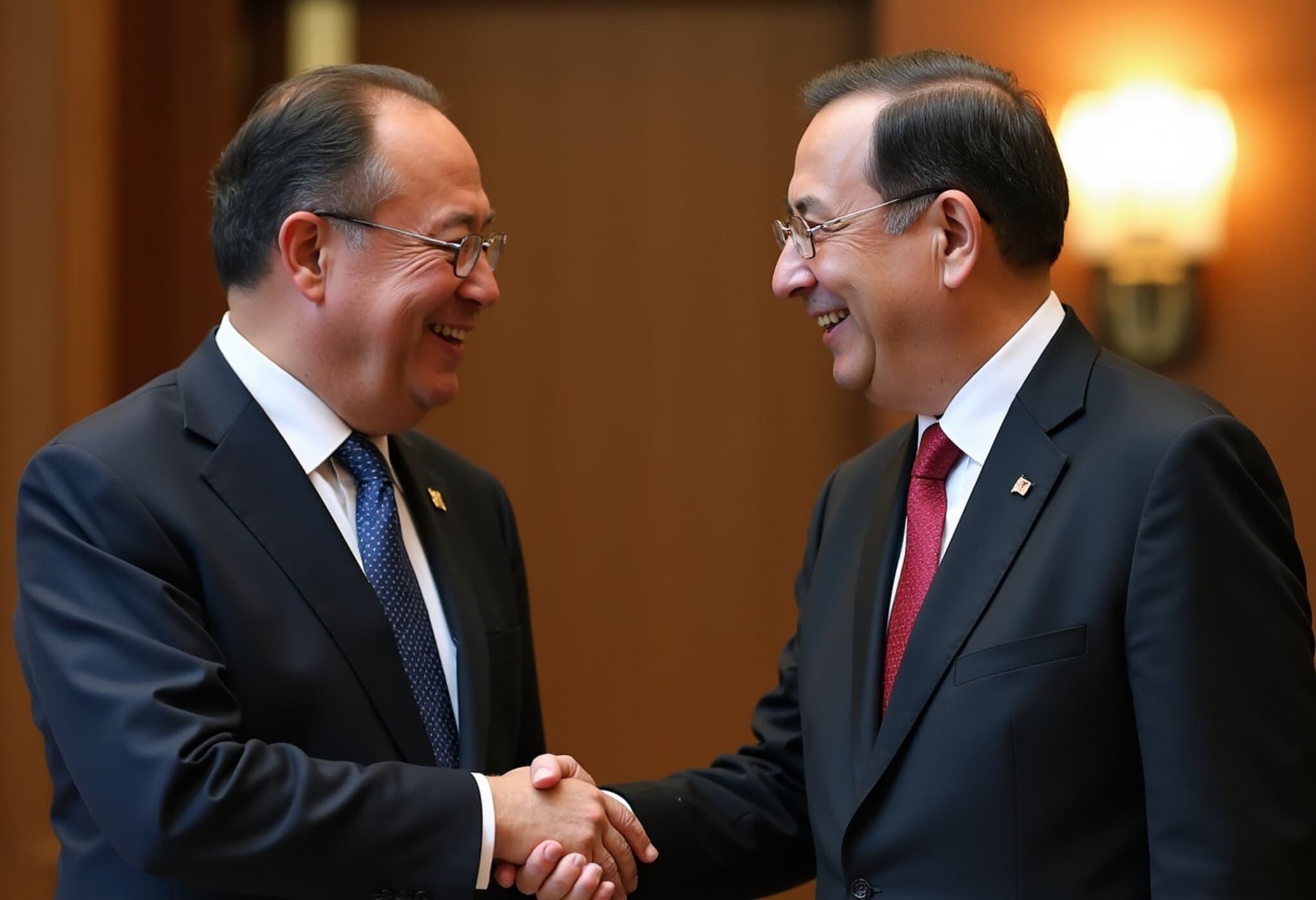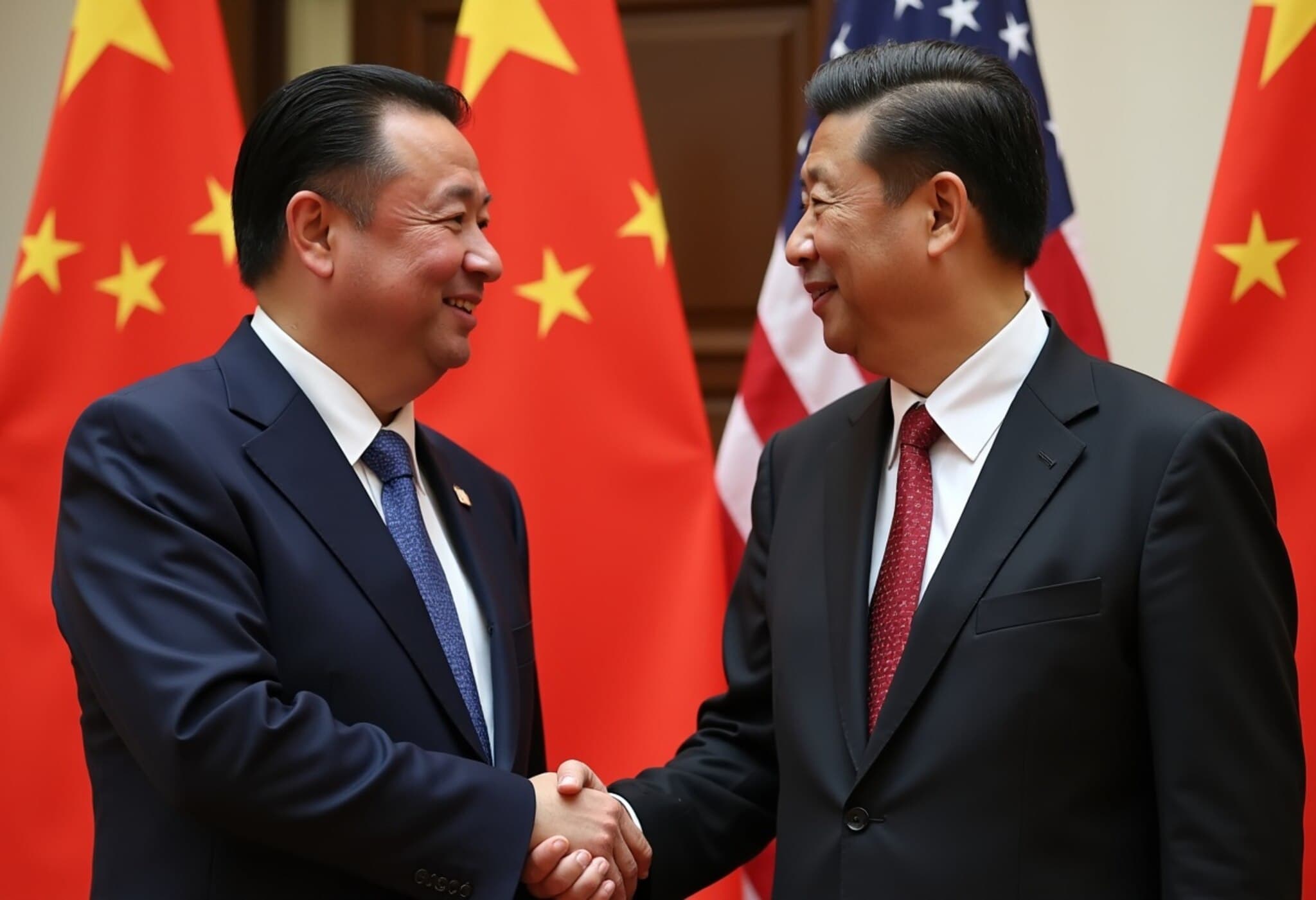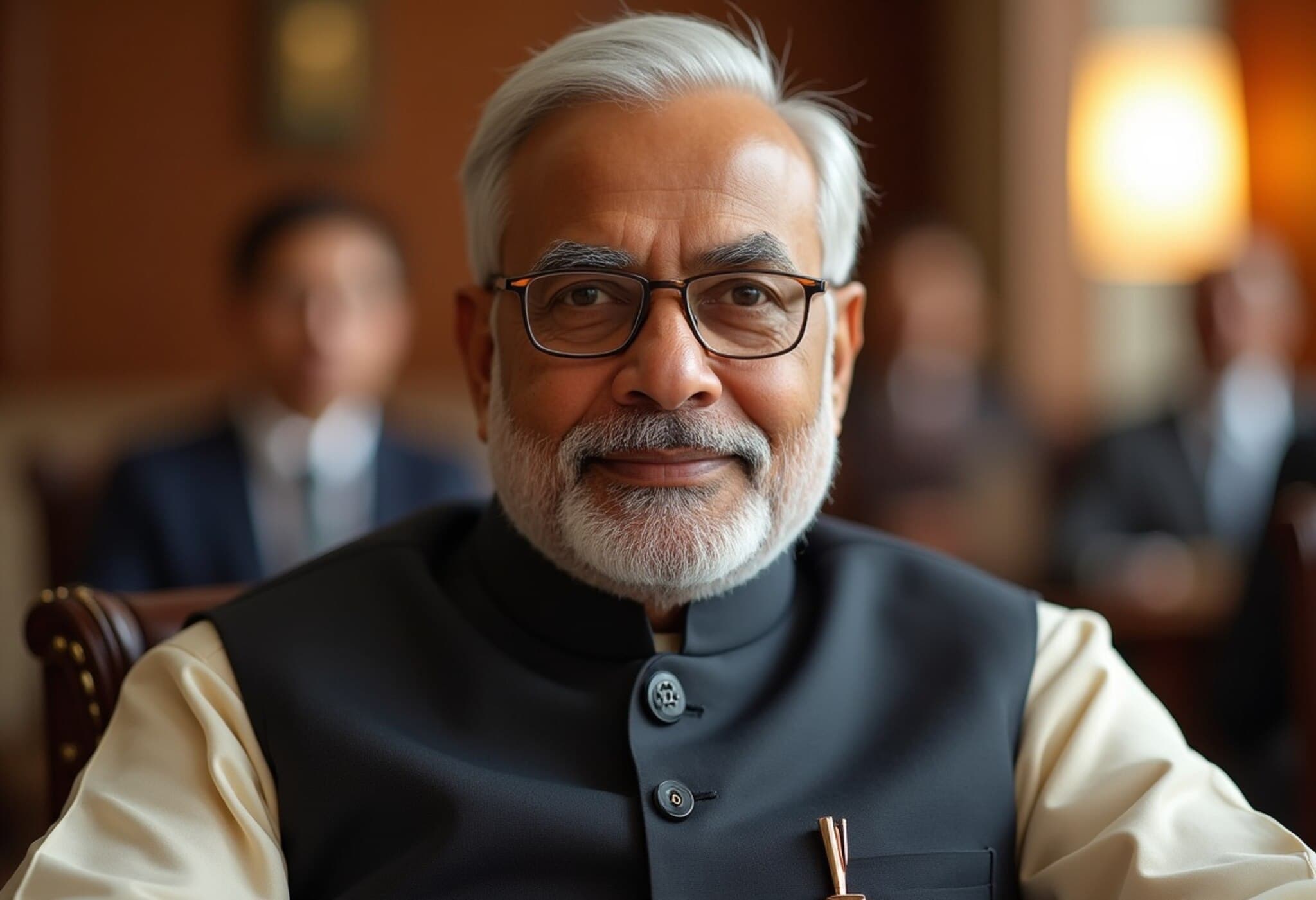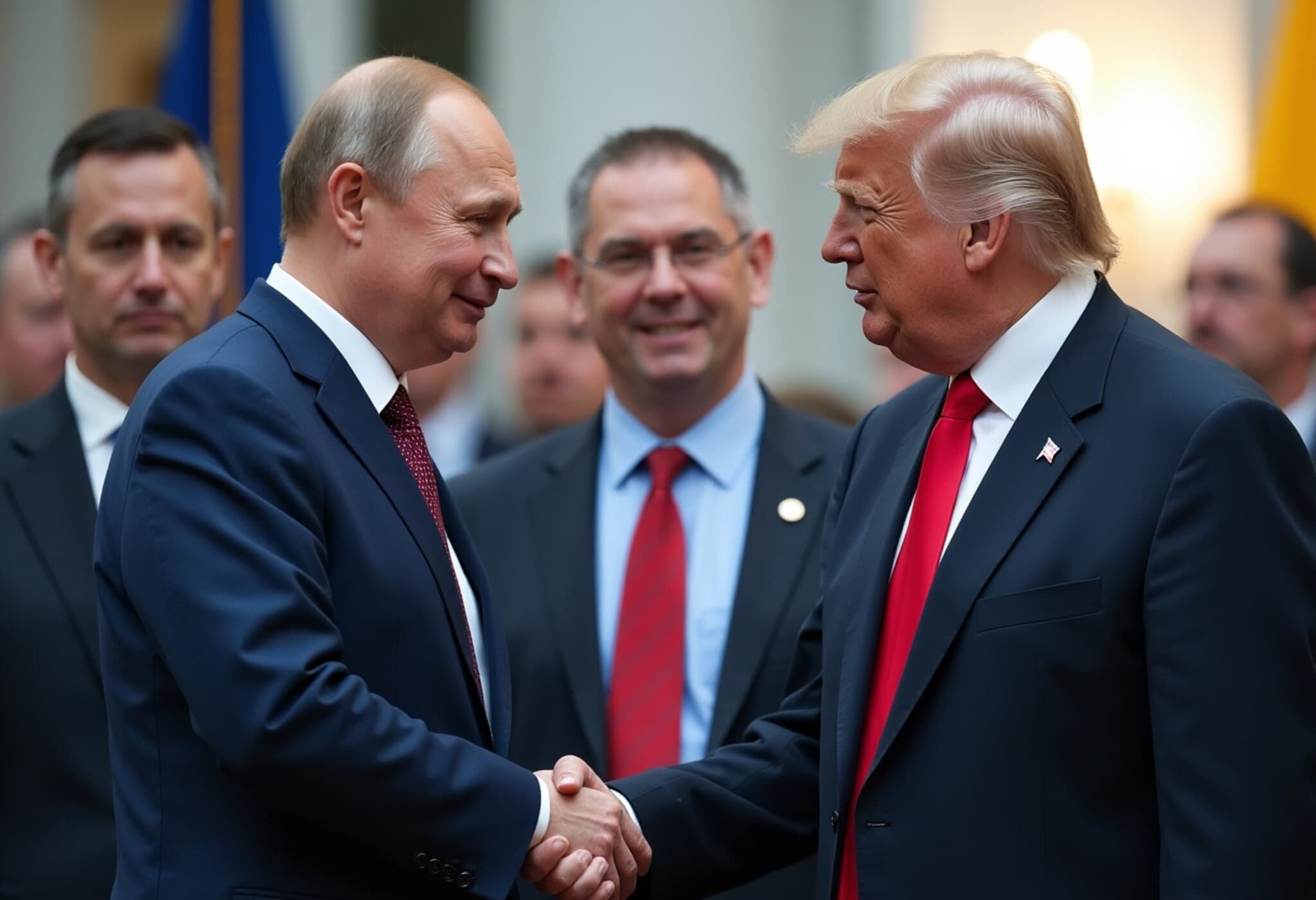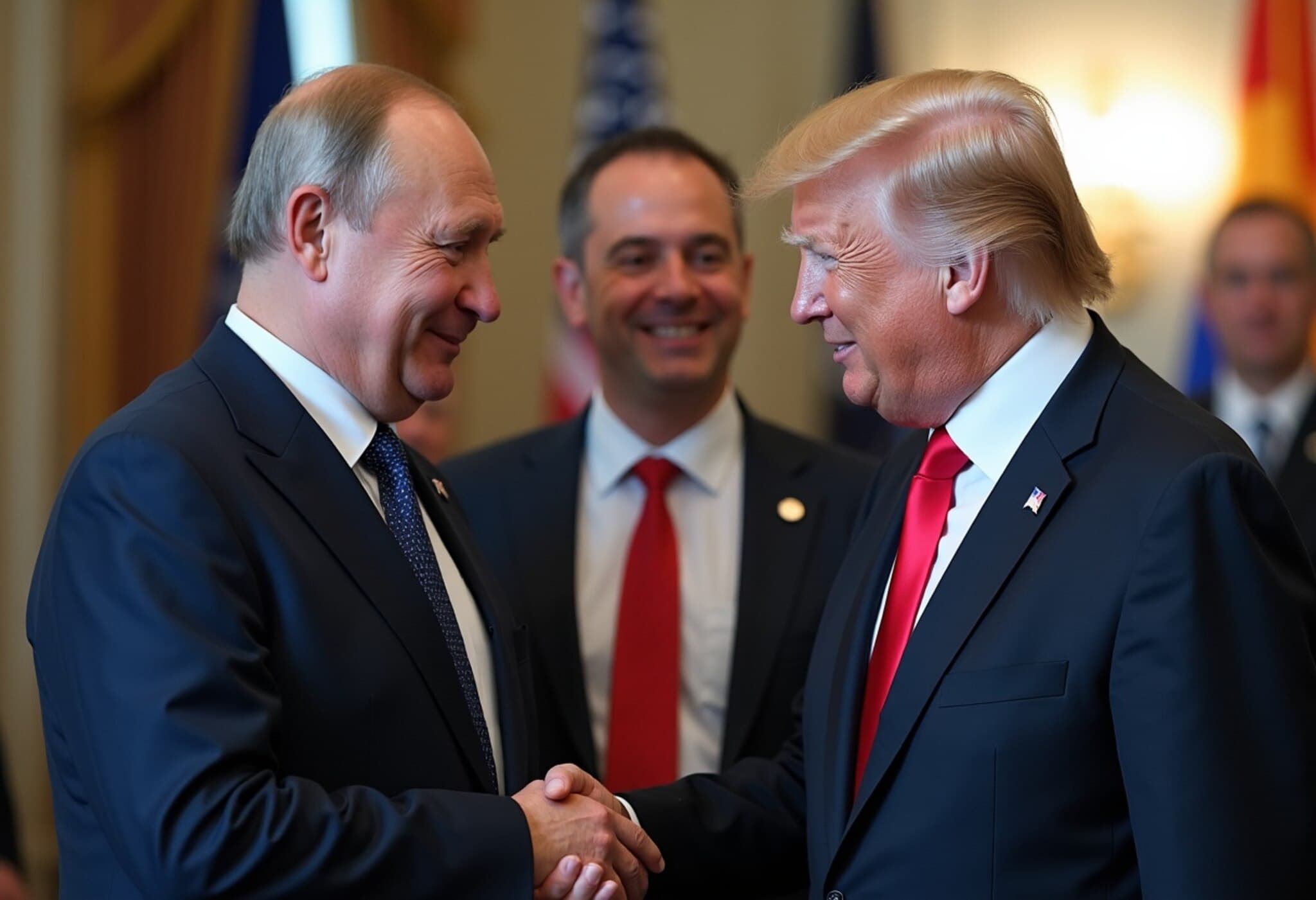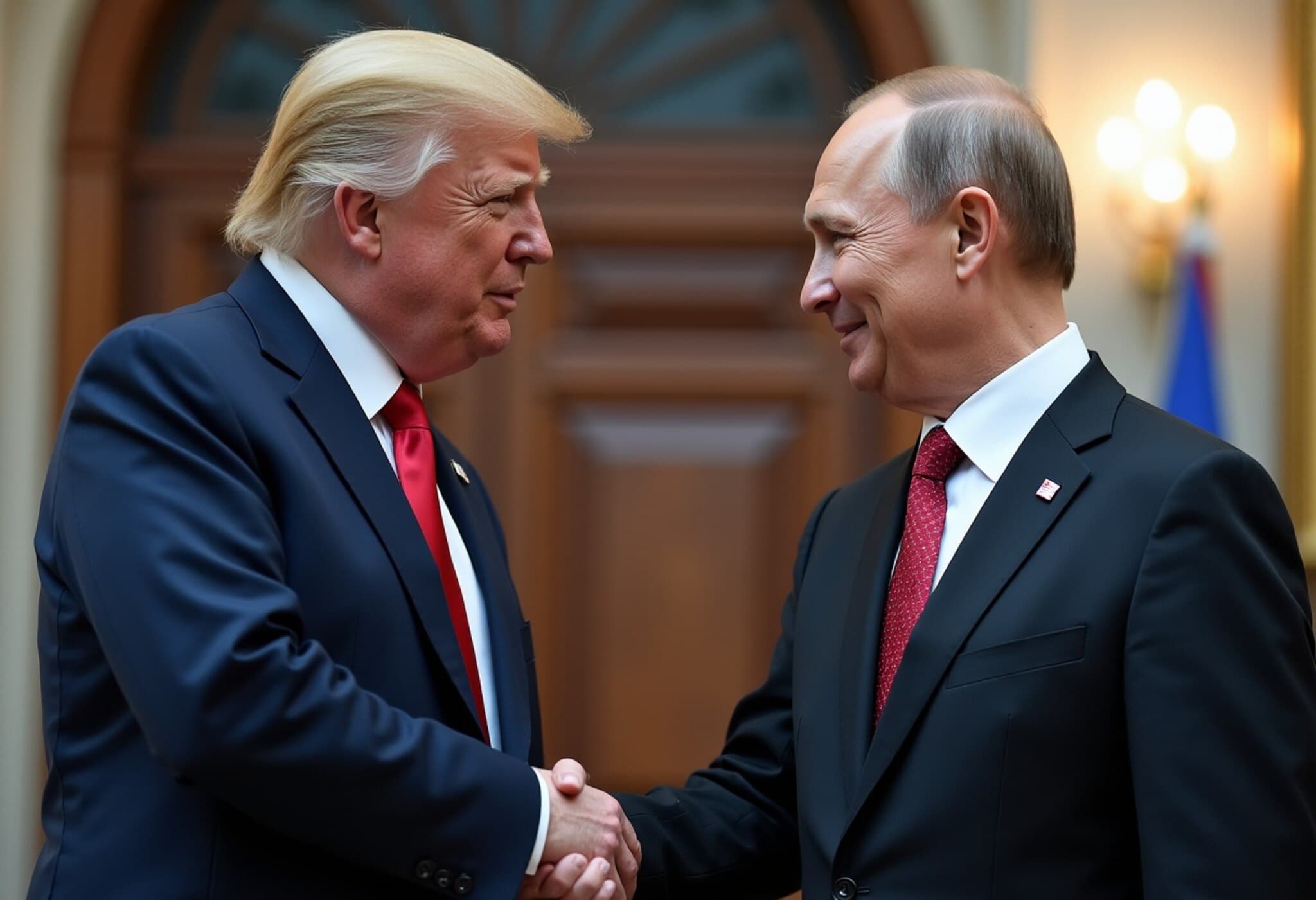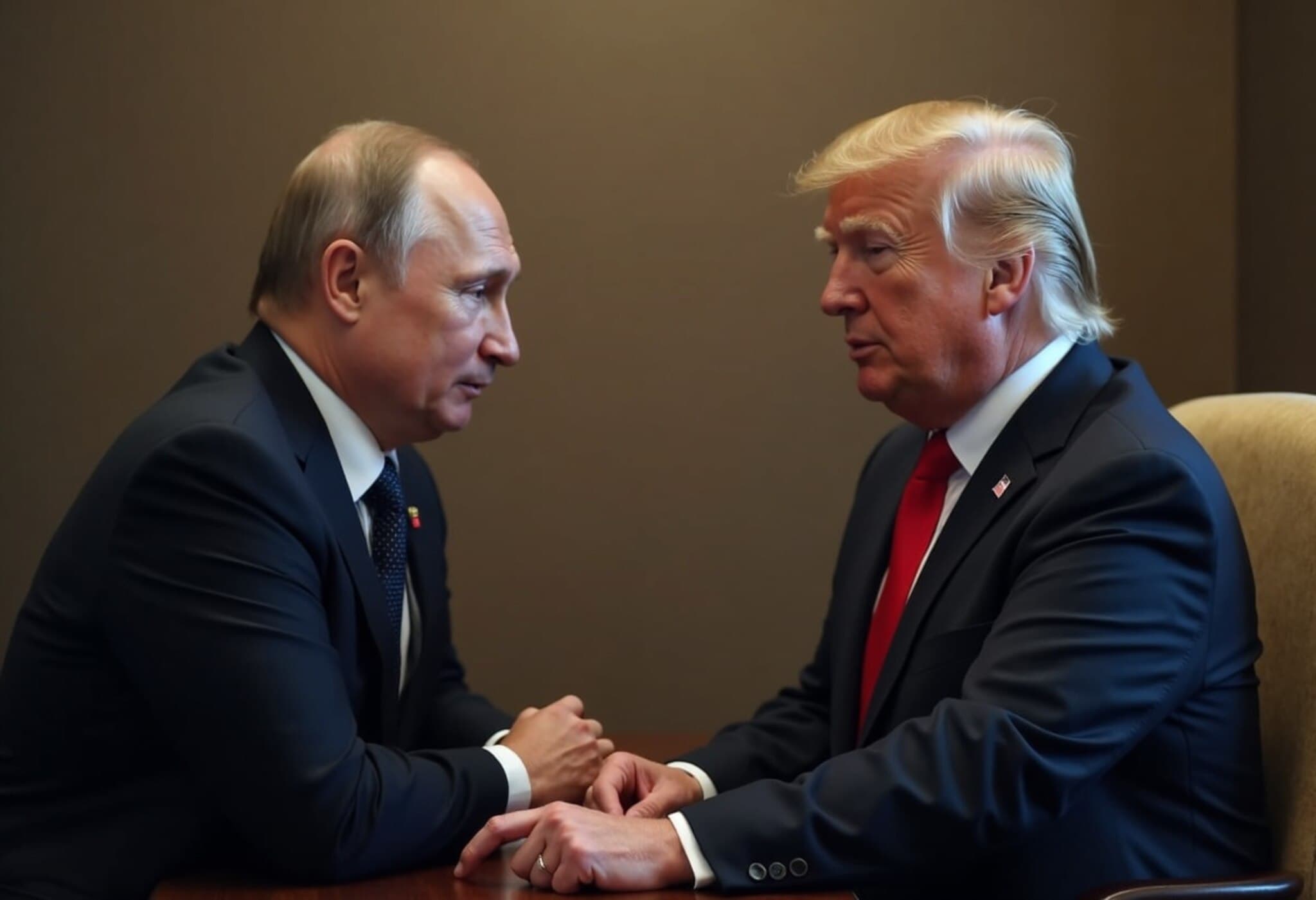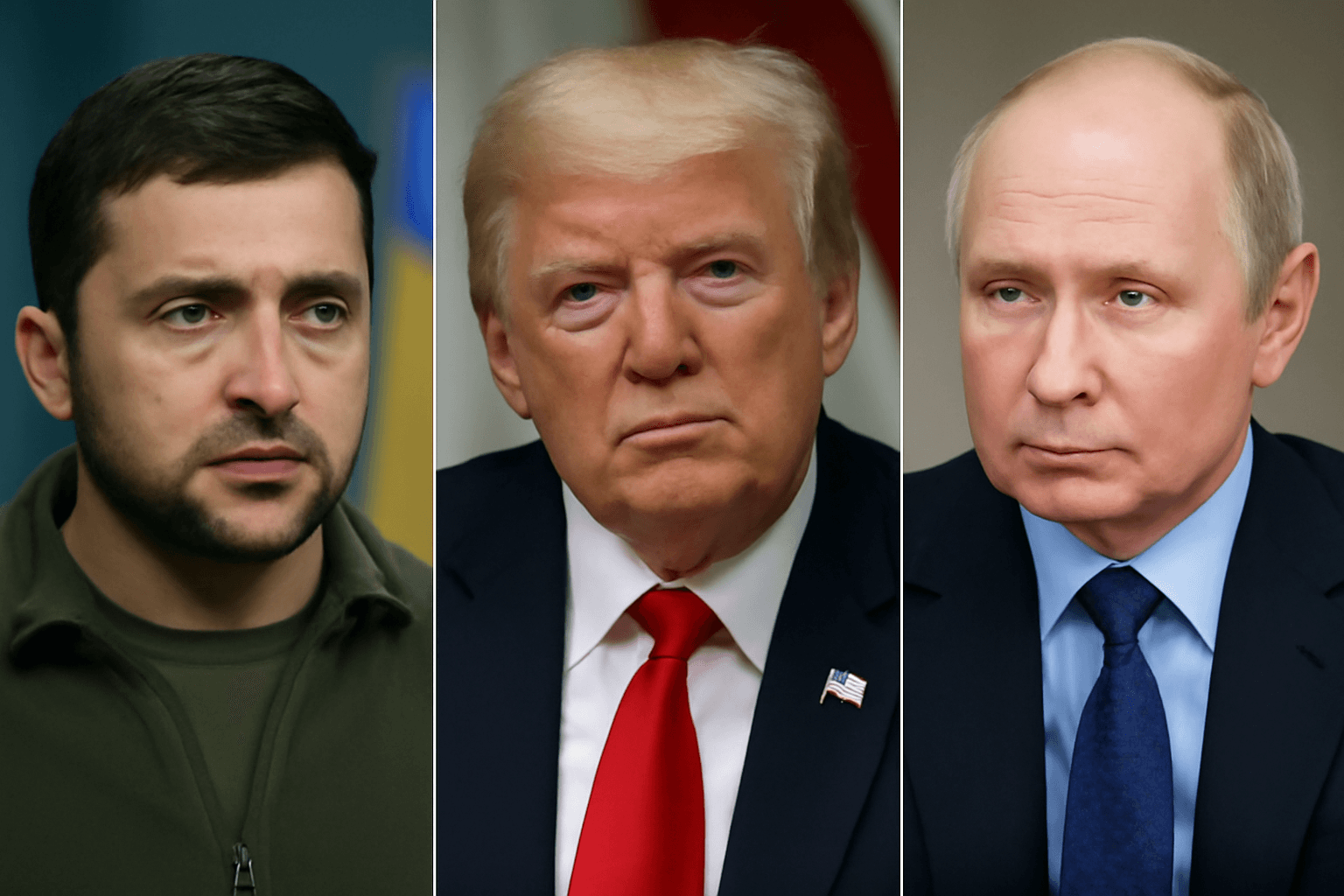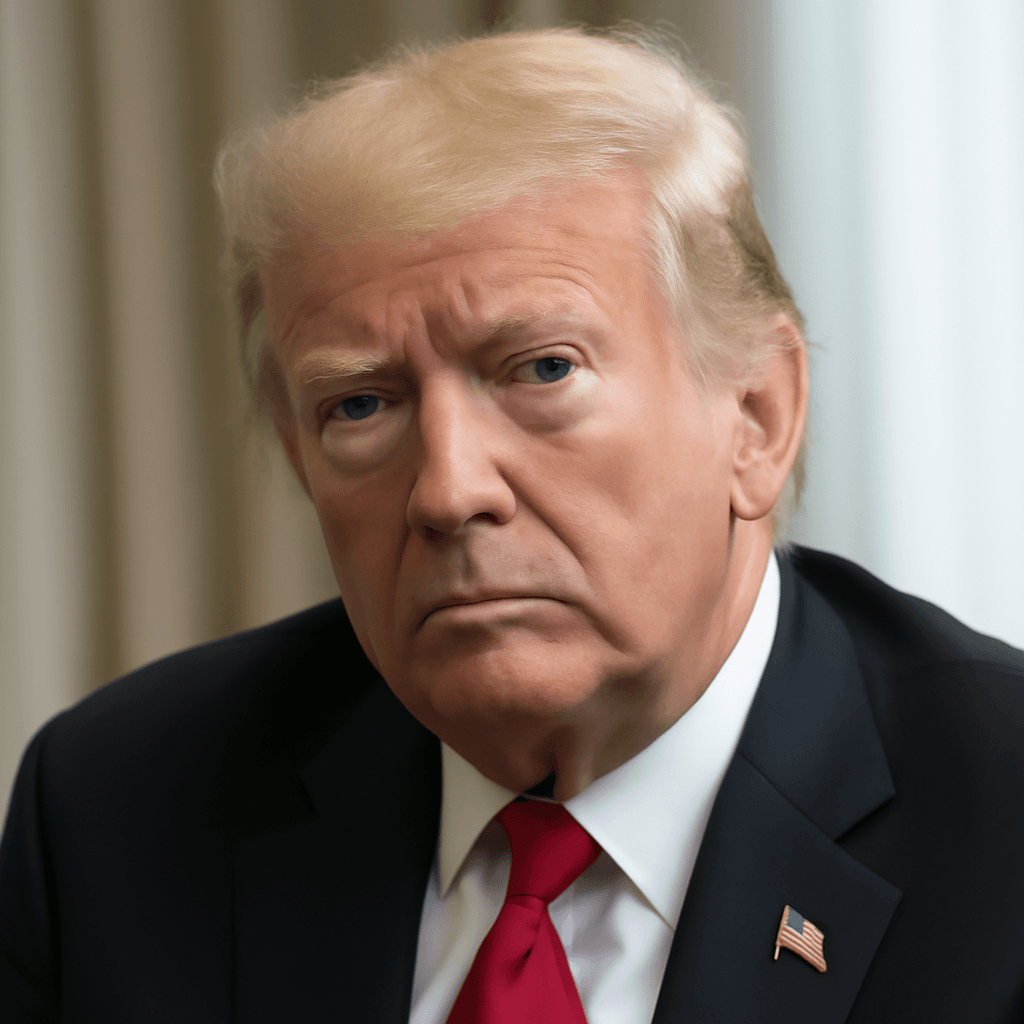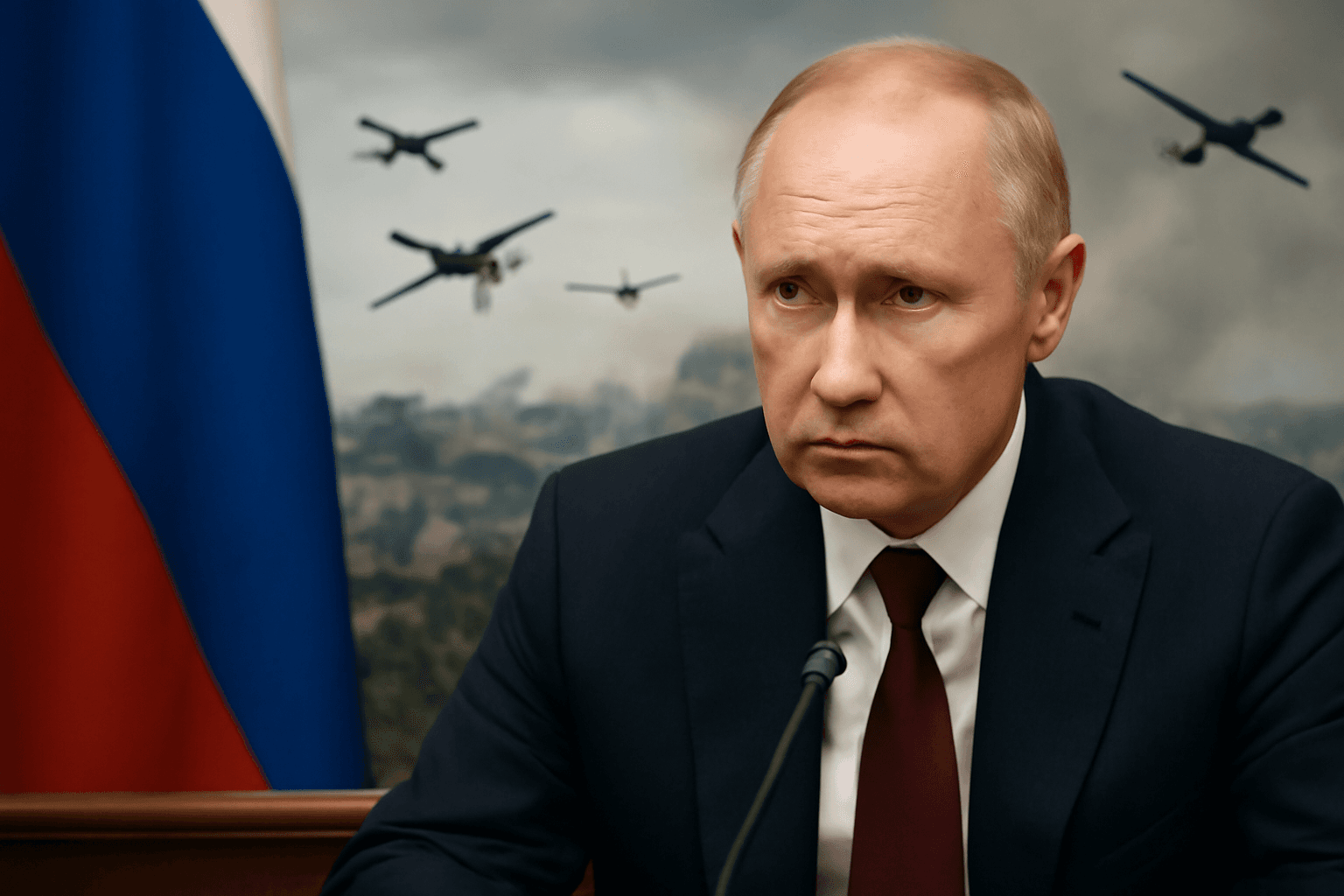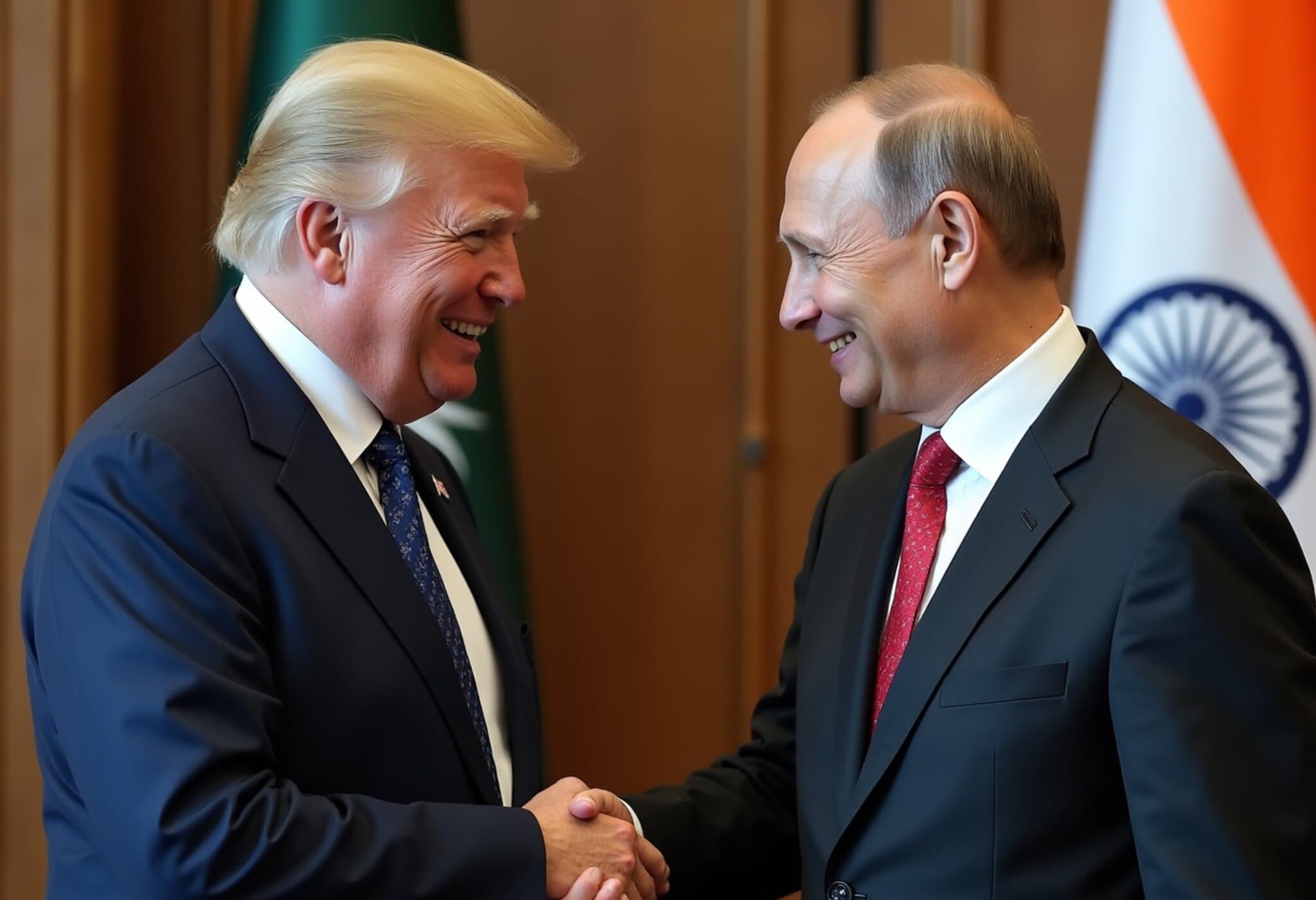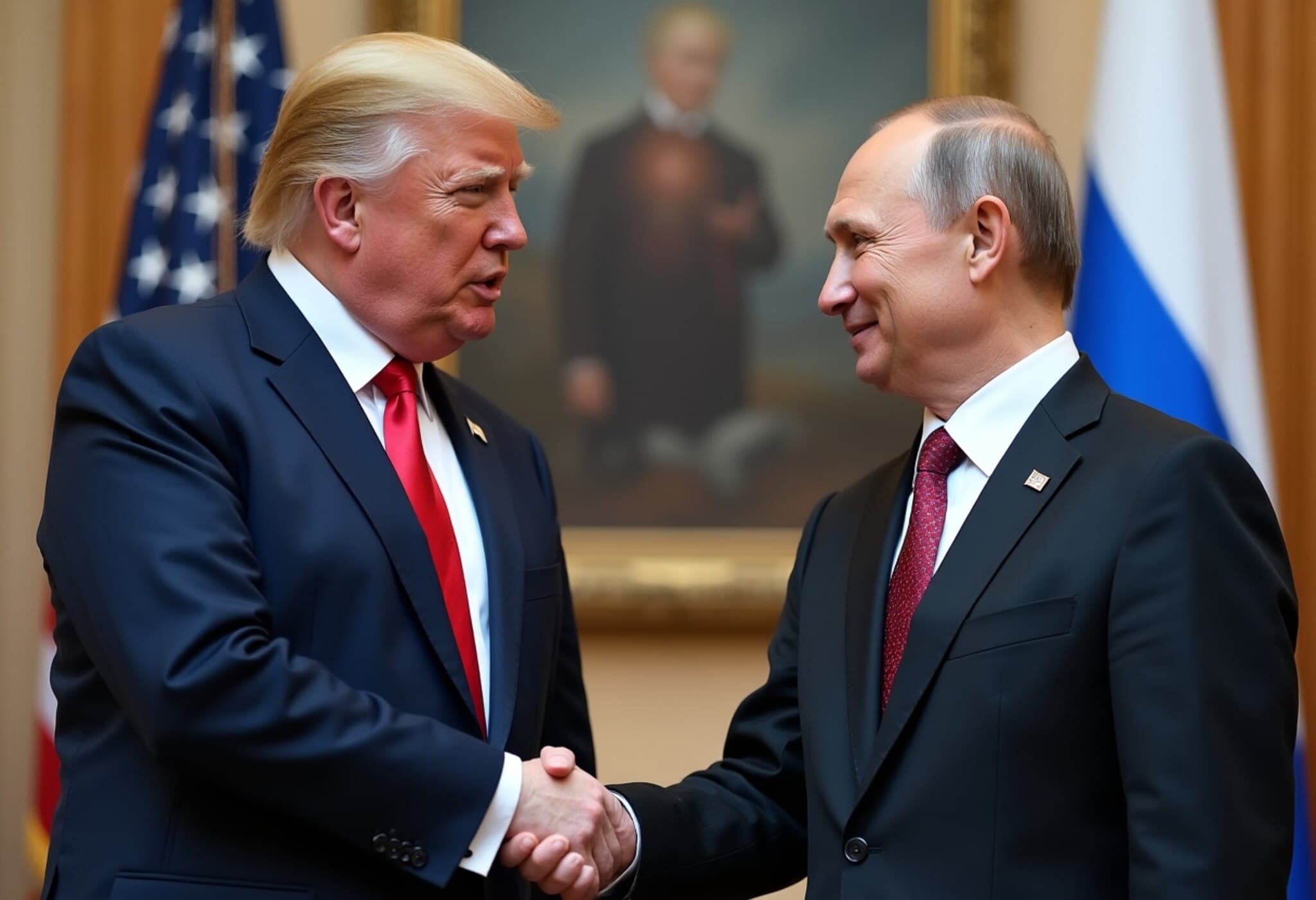Inside the Alaska Summit: Putin’s Strategic Messages to Trump on Ukraine and Beyond
On August 15, 2025, the much-anticipated US-Russia summit in Anchorage, Alaska, concluded without any groundbreaking agreements. Yet, Russian President Vladimir Putin’s post-meeting remarks resonated with layered signals, aimed not just at his American counterpart but also at the global community. The summit, widely viewed as a diplomatic stage carefully choreographed by Putin, offered a glimpse into Moscow’s priorities amid ongoing conflict in Ukraine and wider geopolitical chess moves.
1. “Dear Neighbour”: A Reminder of Geography and Shared History
Opening the press conference with a pointed reference to their nations’ proximity, Putin greeted President Trump as a “dear neighbour.” This phrase underscored the unique closeness between Russia and the US, separated by just a sliver of the Bering Strait. By evoking Alaska’s historic sale from Russia to the United States, Putin tactfully reminded the audience of centuries-old ties that predate current tensions.
Expert Insight: This spatial framing is more than symbolic. It subtly suggests that despite conflicts, the US and Russia are inescapably intertwined neighbors, implying a pragmatic approach toward coexistence and dialogue.
2. Pushing to “Turn the Page” on Isolation
Rather than dwelling on war or sanctions, Putin urged a renewal of US-Russia cooperation, asking to “turn the page.” This harkens back to a pre-2008 era before relations soured following the Russia-Georgia war and subsequent geopolitical events.
For Moscow, re-establishing better ties with Washington hinges on mutual benefit and de-escalation, beyond the immediate Ukraine crisis.
Policy Angle: Putin’s call for resetting relations echoes Russia’s broader goal of breaking out from Western isolation, leveraging the Alaska summit as a platform to reshape narratives around Moscow’s international role.
3. Praising Trump’s Realpolitik and Respect for Russia’s Interests
Putin commended Trump’s understanding of national interests, noting that the US leader “has a clear idea of what he wants to achieve” and shows respect for Russia’s security concerns. This praise helps frame the dialogue as one of pragmatic mutual respect despite deep disagreements over Ukraine.
Strategic Context: By publicly lauding Trump’s stance, Putin might be seeking to encourage future US administrations to adopt a more accommodating posture toward Moscow, implicitly contrasting it with the more confrontational policies from other American political factions.
4. Setting Preconditions for Peace and Warning Europe
Addressing the Ukraine conflict directly, Putin reiterated Moscow’s insistence that “all root causes” must be resolved and “Russia’s legitimate concerns” addressed before any peace deal. He explicitly warned European capitals and Kyiv against provocations or efforts to derail progress.
This highlights the ongoing tension that Europe faces, caught between supporting Ukraine’s sovereignty and managing fragile diplomacy with Russia.
Geopolitical Implication: Putin’s message acts as a reminder that Russia views security arrangements in Europe as a zero-sum game, demanding guarantees that often conflict with Western support for Ukraine.
5. Extending the Invitation: “Next Time in Moscow”
In a subtle but significant closing remark, Putin proposed holding the next summit in Moscow, signaling his intent to maintain dialogue on his terms. However, this suggestion raises complex issues.
- It could spark backlash within the US and Ukraine, given ongoing hostilities and security concerns.
- Ukrainian President Zelenskyy is unlikely to accept a summit in Russia due to fears for his safety and political optics.
- The proposal may be interpreted as Putin asserting dominance over the negotiation venue, shaping future talks in Russia's favor.
Analyst Perspective: The invitation exemplifies Putin’s negotiation style—mixing openness with strategic advantage, keeping diplomatic channels alive while reinforcing Moscow’s leverage.
What the Alaska Summit Reveals About US-Russia Relations
The summit exposed more than just diplomatic pleasantries; it illuminated the delicate balancing act both nations pursue amid protracted conflict. While no concrete breakthroughs emerged, Putin’s carefully crafted public remarks sought to project strength, emphasize mutual interdependence, and establish Moscow’s terms for peace discussions.
Meanwhile, Trump’s tentative and non-committal responses reflect the complexities facing US policymakers, who must juggle domestic politics, alliance management, and sensitive security considerations.
Editor’s Note
The Alaska summit serves as a reminder that geopolitical dialogues often unfold as much through what is left unsaid as through official statements. Putin’s messaging reveals a layered intent: to thaw Russia’s isolation, safeguard its security interests, and subtly reposition itself in global diplomacy. For the US and its allies, the challenge remains how to navigate these overtures amid an ongoing conflict that continues to reshape international alliances and security paradigms.
As the world watches, critical questions linger: Can dialogue lead to meaningful détente without concessions that undermine Ukrainian sovereignty? Will future summits break the stalemate or merely serve as stages for renewed power plays? Understanding these dynamics is essential for anyone tracking the evolving US-Russia relationship.

